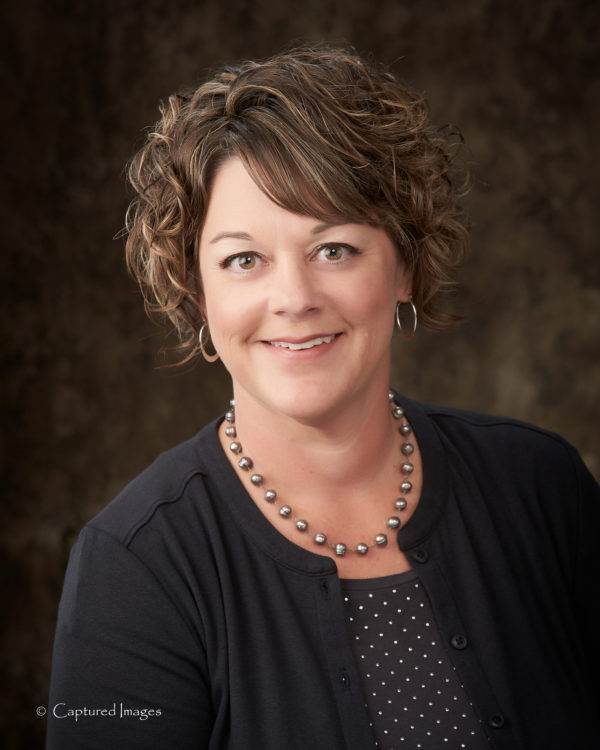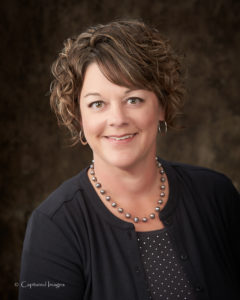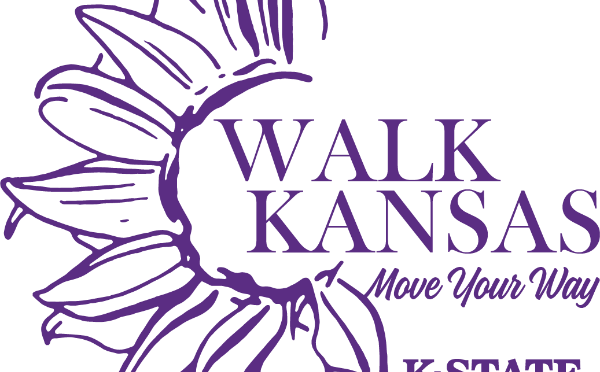
District Extension Agent, Horticulture
Southwind Extension District
111 S. Butler
Erie, KS 66733
Office: 620-244-3826
Cell: 620-496-8786
Scout Trees Now to Prevent Future Problems
Trees are a huge asset to the landscape. They offer us considerable energy savings when properly placed. Whether you have just planted new trees or have large majestic trees, they can become the targets of disease, insects and human error that can slow their growth and even kill them. This article will cover several tree troubles to be on the lookout for in the next few weeks.
First, I want to address mulching. Unfortunately, as I drive around our communities, I continue to see what is known as the “mulch volcano.” This is the practice of piling mulch high up the trunk of a tree and sloping it down towards the ground – like the shape of a volcano!
When mulch is applied in this manner, it is very detrimental to the tree. It confuses the tree to thinking that the soil level has changed. This will cause the tree to start growing roots into the mulch and can even start to cause decay in the trunk. Mulch applied too deeply can actually prevent moisture from reaching the soil and suffocate the roots – causing the tree to die.
If you are guilty of the mulch volcano, it can easily be fixed by dragging the mulch away from the trunk and reshaping the pile. Mulch should be kept 3-6 inches away from the trunk and should be spread out away from the tree in each direction at least 3 feet – more if you can. As for mulch thickness, 3 to 4 inches is all that is needed.
The pine trees in our area continue to decline. Have you noticed how some pines are exhibiting an abnormal amount of browning to the needles? The trees have been hit by Dothistroma needle blight. This is a common and serious disease of pines. This needle blight is characterized by the heavy loss of older, inner needles, plus the appearance of small black fruiting structures on needles in the spring. Copper-containing fungicides can be used for control. However, many of the trees in our area may have already been lost.
Finally, bagworm season is nearing. They are a yearly pest in our area and can cause considerable damage. Eastern red cedar and junipers are the most commonly affected species, although bagworms can attack arborvitae, spruce, pine and some broadleaf trees and shrubs.
Bagworm larvae will begin emerging any time now. Hatching does not happen overnight. Instead, hatching can continue for 4 to 5 weeks. When hatched, they will be very small and rather difficult to see. As they consume plant material, the larvae will become larger and larger and so will the new bags.
Many times, homeowners don’t begin worrying about bagworms until they are large and easy to see! At that point, chemical controls are a waste of time and money. Chemical control is most effective when larvae are in their early developmental stages. There are a number of insecticides that are effective against bagworms this time of year.
Trees are an investment! Don’t let disease or insect damage take hold. The Extension office is available to help you with any tree issues you may be facing. For assistance, please contact me at one of our Southwind Extension District office locations.
Krista Harding is a K-State Research and Extension Agricultural agent assigned to Southwind District. She may be reached at [email protected] or 620-244-3826.
K-State Research and Extension is an equal opportunity provider and employer.







